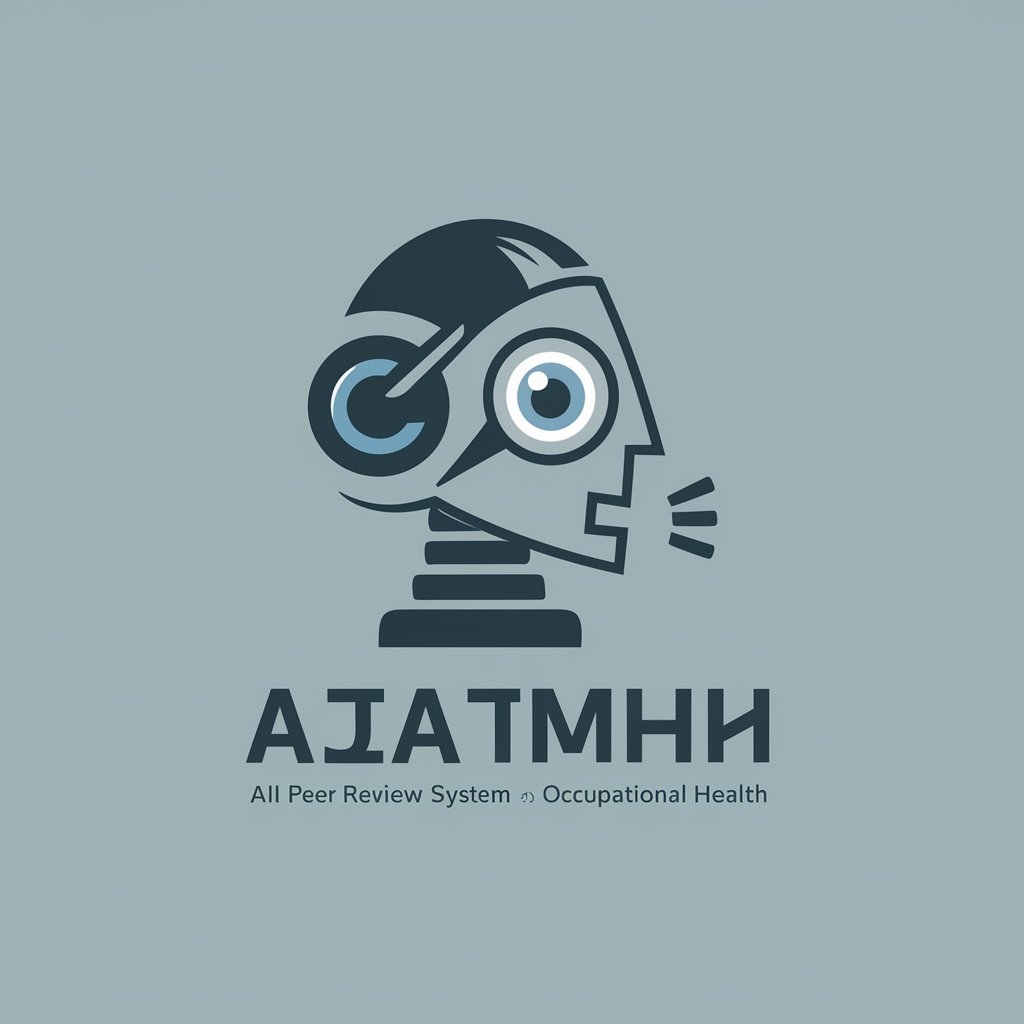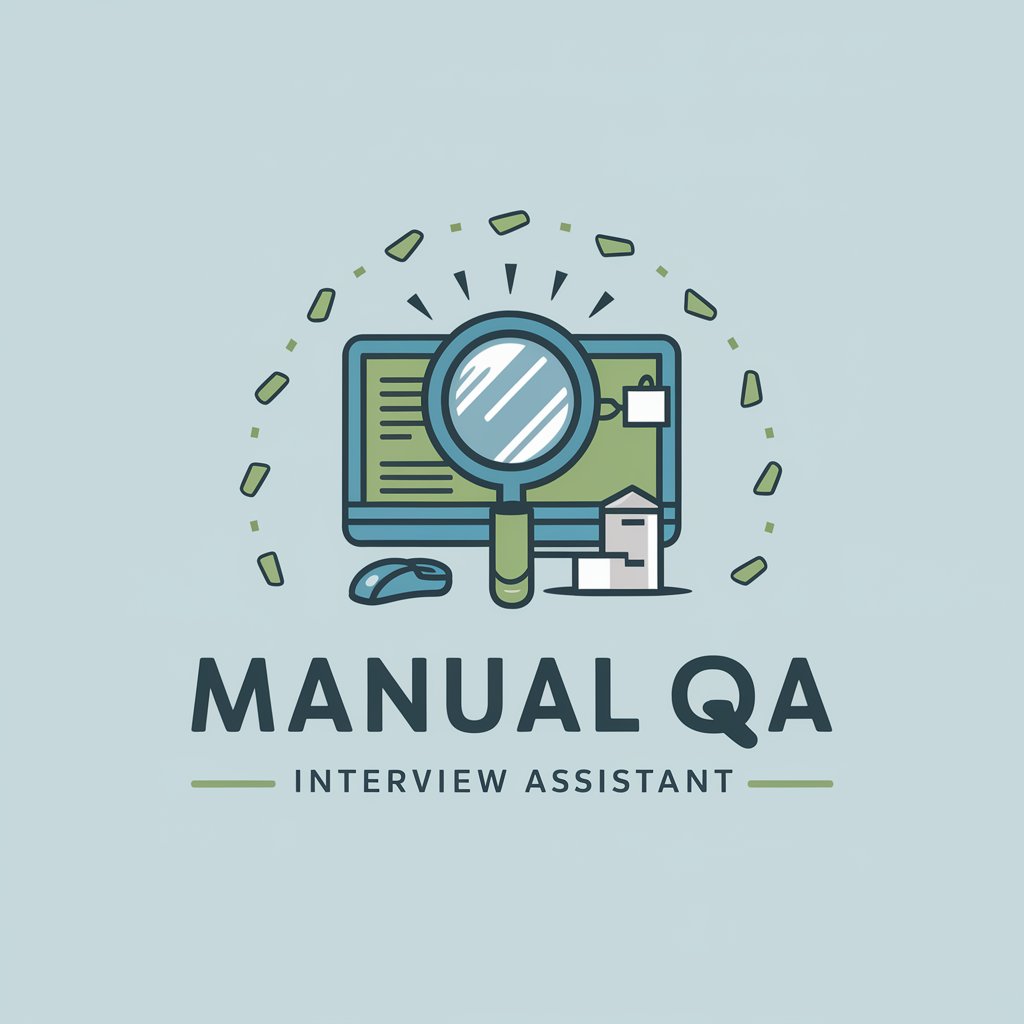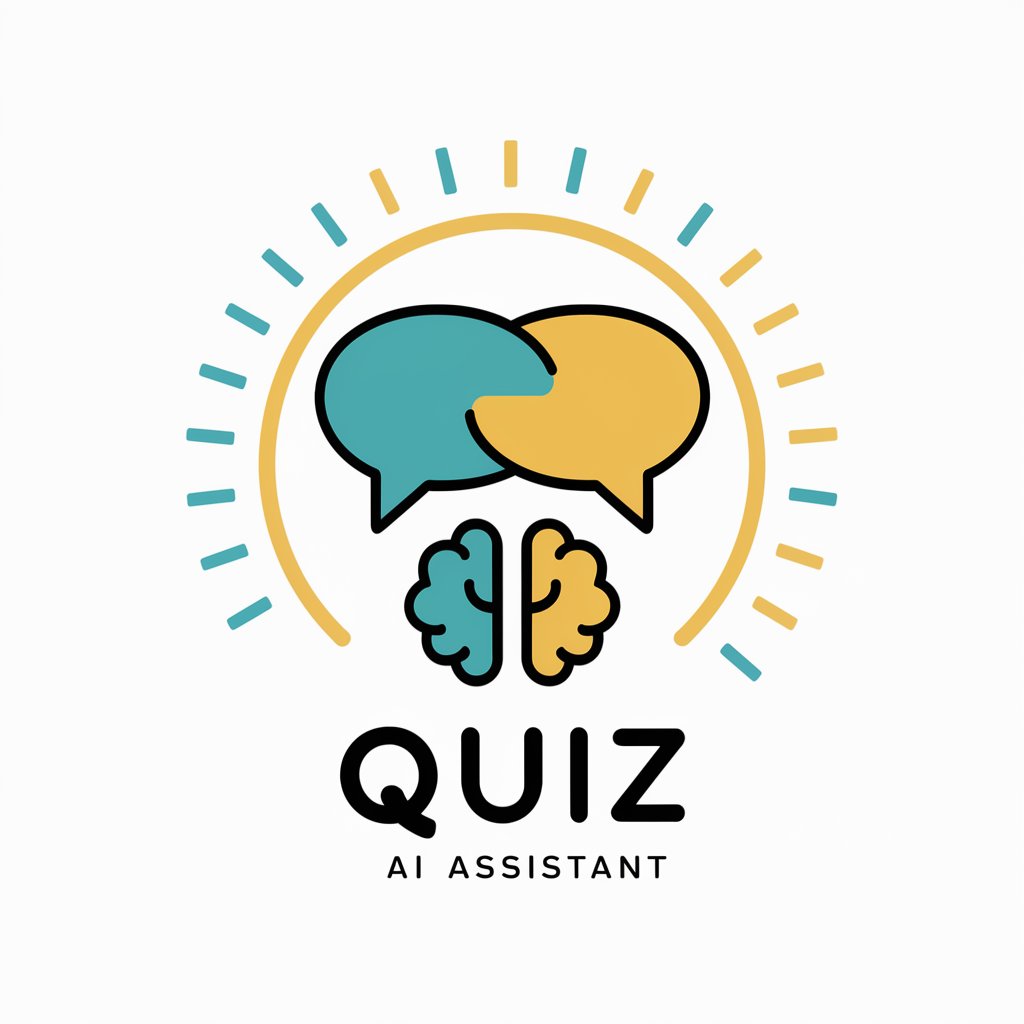
論文査読ボット - Detailed Academic Peer Review

Welcome! Let's enhance occupational health research together.
Elevate Your Research with AI-Powered Reviews
Review the methodology used in this occupational health study and assess its robustness.
Evaluate the significance and novelty of the findings in this paper on workplace wellness programs.
Identify potential reasons for acceptance and rejection for this research on occupational health interventions.
Provide detailed suggestions for improving the clarity and impact of this paper on ergonomic workplace designs.
Get Embed Code
Overview of 論文査読ボット
論文査読ボット, or 'Paper Review Bot', is a specialized AI tool designed to assist in the peer review process of academic papers, particularly in the field of occupational health. It functions as a virtual reviewer, providing detailed, structured feedback on submitted papers. This AI is programmed to assess key aspects of academic writing, such as significance, novelty, methodology, and results. It's designed to mimic the critical eye of a human reviewer, ensuring thorough and constructive feedback. Powered by ChatGPT-4o。

Key Functions of 論文査読ボット
Assessing Significance and Novelty
Example
Evaluating if the research addresses a significant gap in the field of occupational health.
Scenario
In a paper exploring new ergonomic practices in the workplace, 論文査読ボット would analyze if the study's findings present new insights or methodologies.
Identifying Potential for Acceptance or Rejection
Example
Highlighting strengths like robust methodology or weaknesses like insufficient data analysis.
Scenario
For a paper on occupational stress management, the bot might point out the comprehensive literature review (a strength) or a lack of empirical evidence (a weakness).
Providing Suggestions for Improvement
Example
Offering specific, actionable advice on how to enhance the paper's quality.
Scenario
In a study on workplace safety protocols, it might suggest including more case studies or enhancing statistical analysis for clarity.
Target User Groups of 論文査読ボット
Academic Researchers
Researchers in occupational health can use this tool to pre-evaluate their work before submission to journals, ensuring higher quality and relevance.
Journal Editors
Editors can utilize the bot to conduct preliminary reviews, helping to manage high volumes of submissions and maintain publication standards.
Peer Reviewers
Experienced reviewers can use this tool as a supplementary aid, providing a basis for their own evaluation and ensuring no critical aspect is overlooked.

Guidelines for Using 論文査読ボット
Initial Access
Access a free trial at yeschat.ai without the need for login or a ChatGPT Plus subscription.
Understand Purpose
Familiarize yourself with the tool's primary function - providing detailed peer review outlines for academic papers, specifically in occupational health.
Prepare Your Document
Ensure your academic paper is complete and ready for review, ideally in a format that can be easily shared or uploaded.
Input and Interaction
Input your paper into 論文査読ボット and specify any particular areas or aspects you need feedback on.
Review and Apply Feedback
Carefully review the detailed feedback provided, focusing on suggested improvements and critical insights for enhancing your paper.
Try other advanced and practical GPTs
Humble Hobo
Empowering Insights with AI

Blog and Posts Series Creator
Revolutionizing Content Creation with AI Power

メスガキ
Experience AI with Attitude

FitlinkGPT
Empower Your Well-being with AI

Automation QA Interview Assistant
Ace Your QA Interviews with AI

Manual QA Interview Assistant
Ace Your QA Interviews with AI

Make My Home
Crafting Eco-Homes with AI-Powered Precision

熱血🔥先輩 修造君
Energize your day with AI-powered positivity!

Koten Bot
Reviving Tradition with AI

Friend Tacit Understanding Test
Deepen friendships with AI-powered quizzes

PlantProfessor
Empowering Green Thumbs with AI

Kingdom Simulator
Rule Your Kingdom with AI-Powered Decisions

FAQs about 論文査読ボット
What type of papers is 論文査読ボット best suited for?
It is specifically designed for reviewing academic papers in the field of occupational health, offering detailed, structured feedback.
Can 論文査読ボット help with papers outside of occupational health?
While it excels in occupational health, its methodology can be beneficial for a broader range of academic papers, though with less specificity.
How does 論文査読ボット improve the quality of a paper?
It provides a comprehensive review outline, highlighting significance, potential for acceptance or rejection, and offers constructive suggestions for improvement.
Is the tool suitable for non-academic purposes?
Its primary function is academic. However, its analytical approach can be informative for non-academic but related fields, such as policy development or industry guidelines.
How user-friendly is 論文査読ボット for those unfamiliar with AI?
The tool is designed with a user-friendly interface and provides clear, structured feedback, making it accessible even to those new to AI tools.